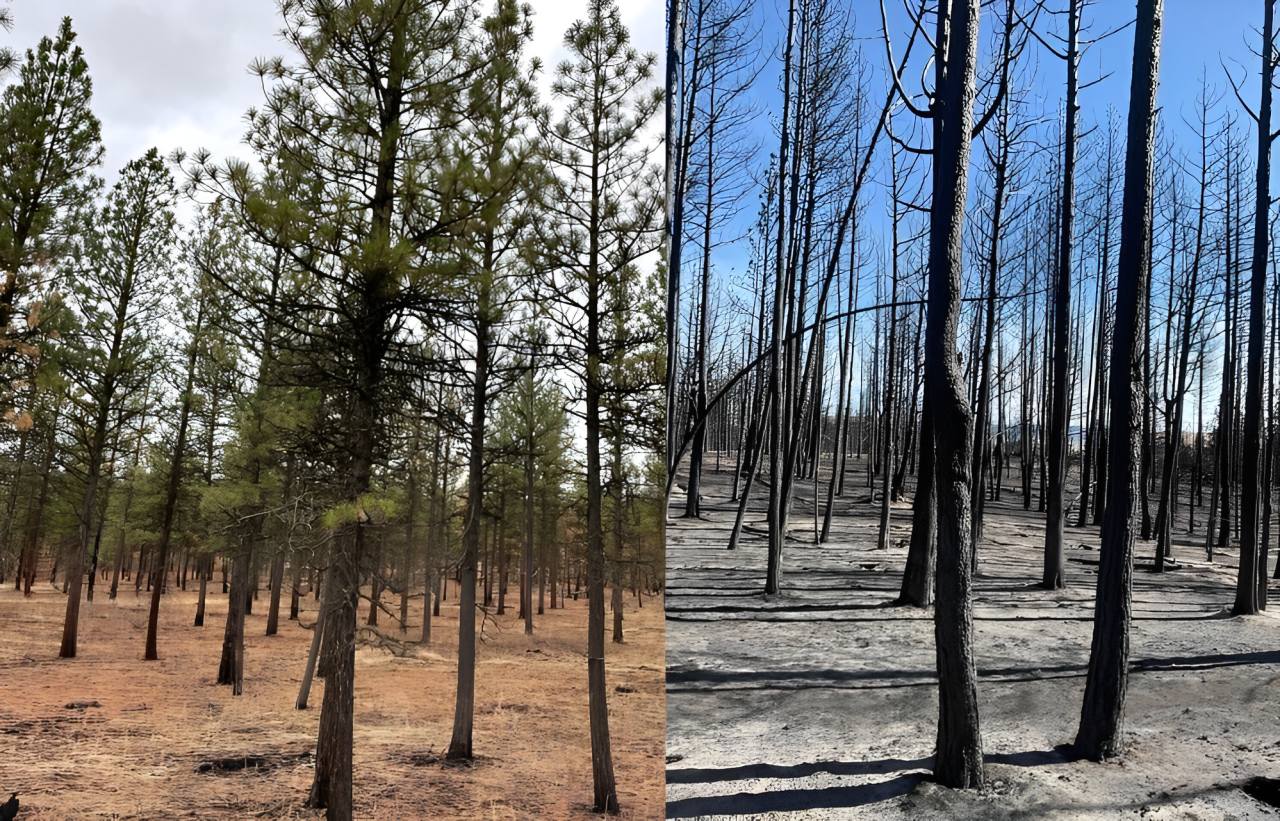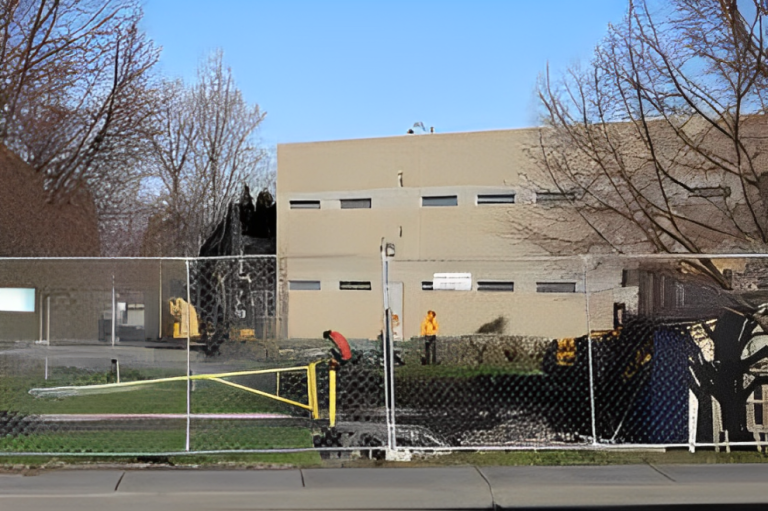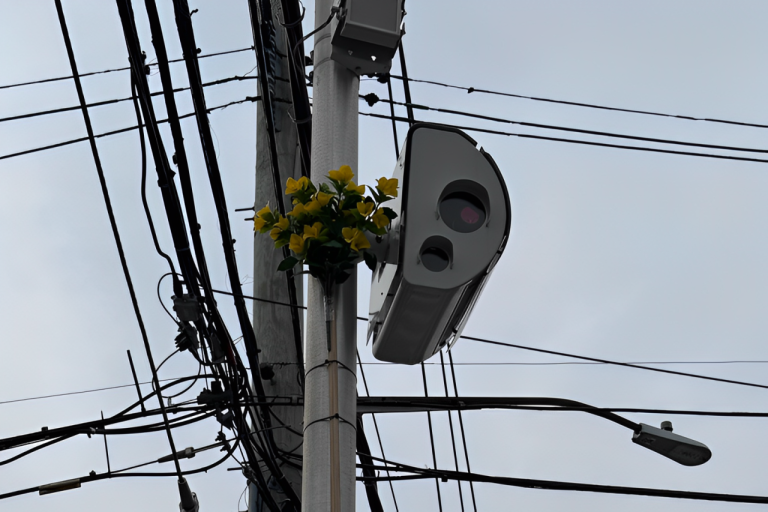The Oregon Department of Forestry (ODF) is celebrating the success of its Federal Forest Restoration (FFR) Program, which is playing a crucial role in helping Eastern Oregon forests recover from wildfires. This initiative not only protects the environment but also supports local communities and economies.
The urgency of these efforts was underscored this summer when the Lone Rock Fire tore through Umatilla National Forest, burning over 137,000 acres. The fire left behind scorched landscapes, damaging countless trees and threatening nearby private properties.
Brandon Ferguson, Forest Resource Manager at ODF’s John Day Unit, highlighted the long-term impact of such wildfires. “The fires this year have decimated our forests, and we will be working hard for years to re-establish them,” he said.
Despite the devastation, Ferguson praised the proactive measures taken by the FFR program. The program treated 33,000 acres of federal land this year, using methods such as thinning overgrown trees, conducting prescribed burns, and improving forest roads. These efforts aimed to reduce the intensity of wildfires and protect the health of the forest.
Among the treated areas, 1,220 acres were directly impacted by the Lone Rock Fire. However, thanks to the restoration work, these sections fared much better than untreated parts of the forest.
“Most of those trees still have more than 40 percent of their live crown intact,” Ferguson explained. “They will not only survive but should thrive in the coming years.” Ferguson and his team also work with private landowners across five counties, helping them manage their forests effectively and sustainably.
Proactive Measures to Build Resilient Forests
The FFR program focuses on more than just firefighting—it emphasizes preventing catastrophic wildfires by building healthier forests. Overgrown trees and dry vegetation act as fuel for wildfires, making them harder to control.
By thinning out dense tree stands, the program reduces this risk, allowing firefighters to manage wildfires more effectively. Controlled burns, or prescribed fires, also play a key role by eliminating dry brush and small trees that could ignite in a wildfire.
In addition, improving forest roads ensures better access for emergency crews and equipment. This infrastructure is vital for responding quickly to fires and protecting both public and private lands.
Economic Benefits for Local Communities
While the primary goal of the FFR program is to enhance forest health, it also provides significant economic and community benefits.
“Commercial thinning provides timber for local sawmills, creates jobs for timber operators, and supplies the lumber needed to build homes,” said Kyle Sullivan-Astor, the program’s lead at ODF.
In regions like Eastern Oregon, where economic opportunities can be limited, these projects are making a real difference. Beyond creating immediate jobs, the program invests in long-term training and infrastructure development.
“These projects not only create immediate work but also help build long-term expertise and capacity to continue this important work,” Sullivan-Astor explained.
For local communities, this means stable jobs, improved skills for workers, and a more resilient economy. By aligning environmental restoration with economic growth, the FFR program is proving to be a win-win for Eastern Oregon.
Success Stories Highlight Program’s Impact
The results speak for themselves. Areas treated under the FFR program have shown remarkable resilience during wildfires. In the case of the Lone Rock Fire, treated sections of the forest not only survived but are expected to thrive in the years ahead.
This success underscores the importance of proactive forest management. By addressing issues like overgrowth and dry vegetation before fires occur, the program is reducing damage and speeding up recovery times.
Moreover, the program is fostering a culture of collaboration. State foresters, private landowners, and local communities are working together to protect Oregon’s forests. This collective effort ensures that restoration work benefits everyone—from the environment to the economy.
Looking Ahead: The Future of Forest Restoration
While the FFR program has achieved significant success, there’s still much work to be done. Wildfires are becoming more frequent and intense due to climate change, making forest restoration more critical than ever.
Ferguson emphasized the long road ahead. “We’re just getting started,” he said. “The fires this year were a wake-up call, but we’re committed to rebuilding healthier, more resilient forests.”
The program’s focus on prevention, restoration, and community engagement will be key to its future success. By continuing to invest in proactive measures, the FFR program aims to protect Oregon’s forests for generations to come.
Disclaimer: This article has been meticulously fact-checked by our team to ensure accuracy and uphold transparency. We strive to deliver trustworthy and dependable content to our readers.







Leave a Comment